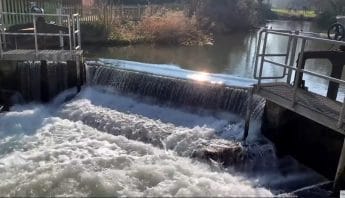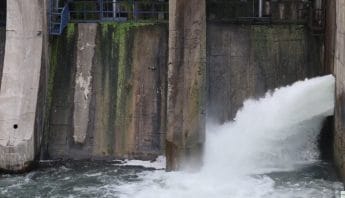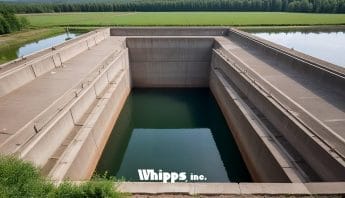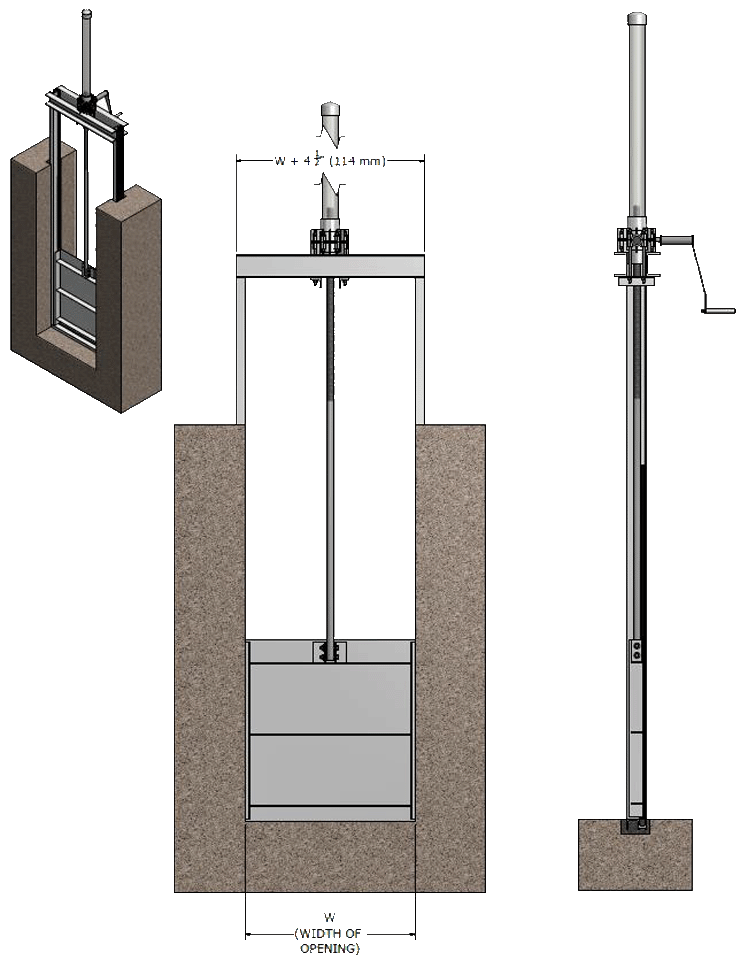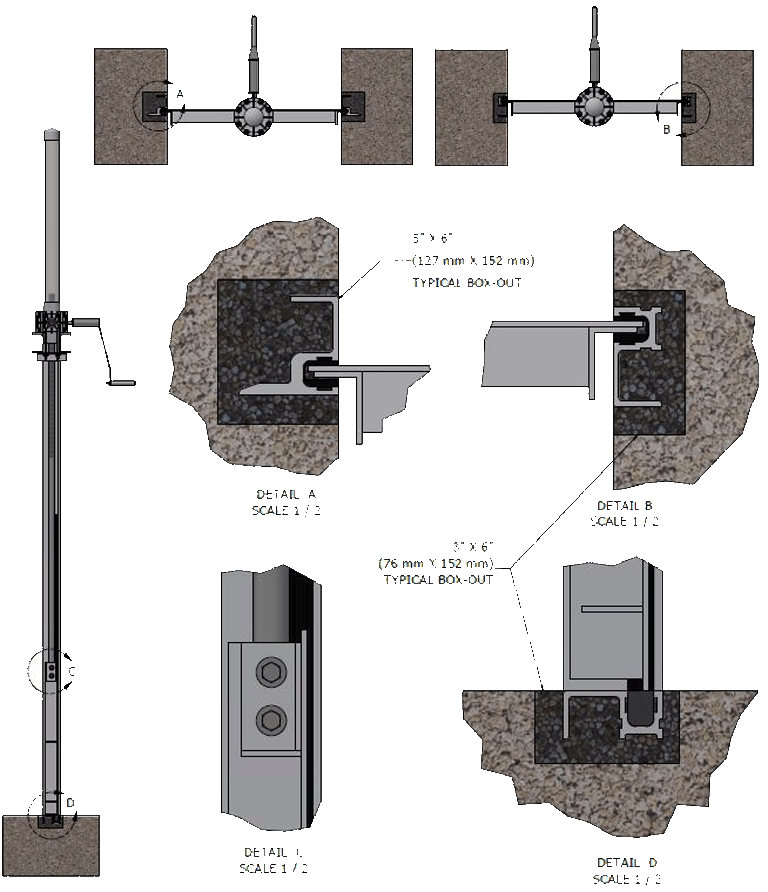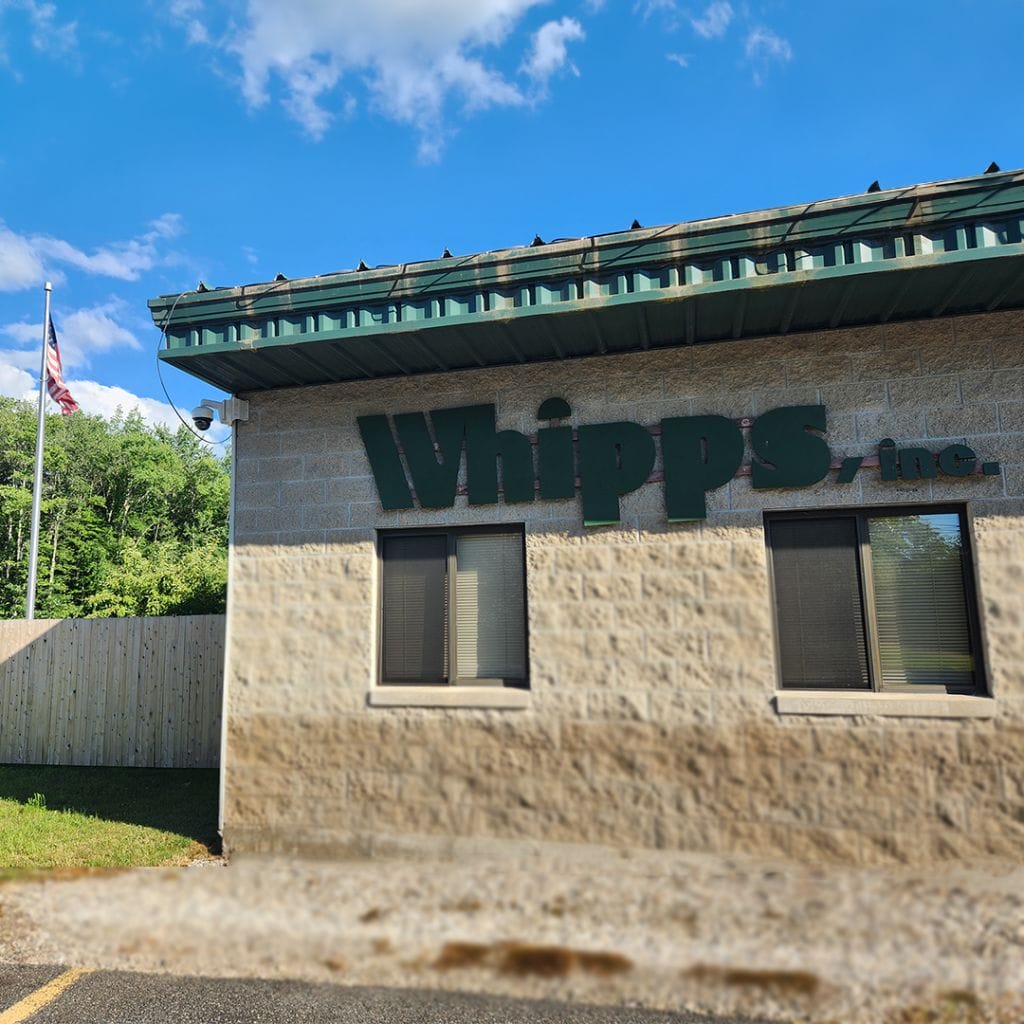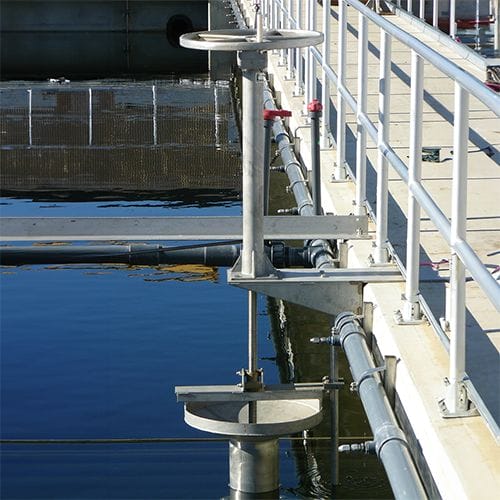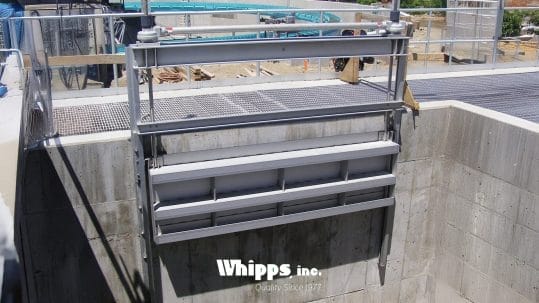
Whipps, Inc. is the market leader for high quality custom fabricated gates and water control equipment.
| Monday: | 8am – 5pm |
|---|---|
| Tuesday: | 8am – 5pm |
| Wednesday: | 8am – 5pm |
| Thursday: | 8am – 5pm |
| Friday: | 8am – 5pm |
| Weekend | Closed |
Recent News & Updates
-

Hydroelectric Efficiency with Custom Water Control Solutions
Posted in Hydroelectric Power Plants by Derek Lewis -

Beyond Standard: Whipps, Inc. Custom-Engineered Water Control Solutions
Posted in General Whipps, Inc. News & Updates, Products by Type, Specialty and Custom Structures by Derek Lewis -

Supporting Our Community: The Whipps Food Drive
Posted in General Whipps, Inc. News & Updates by Derek Lewis -

Whipps Valves Keep Critical Water Systems Flowing Smoothly
Posted in General Whipps, Inc. News & Updates, Products by Type, Valves & Flow Devices by Derek Lewis -

Inside Whipps, Inc.’s Legacy of Custom-Engineered Gates
Posted in Gates & Flow Control, General Whipps, Inc. News & Updates, Products by Type by Derek Lewis -

Beyond Standard Solutions: Custom-Engineered Water Control
Posted in General Whipps, Inc. News & Updates, Products by Type, Specialty and Custom Structures by Derek Lewis -

Preventing Waste Slurry Leaks: Water Control Solutions
Posted in Mining Industry, Who We Serve by Derek Lewis -

Sluice Gate Solutions for Fish Passage and Sorting Systems
Posted in Custom Water Control Equipment, Environmental Restoration Projects, General Whipps, Inc. News & Updates by Derek Lewis -

WEFTEC 2025: Innovation on Display
Posted in Custom Water Control Equipment, Educational, Innovations by Derek Lewis -

Visit Whipps, Inc. at WEFTEC 2025
Posted in Educational, General Whipps, Inc. News & Updates, Innovations by Derek Lewis

